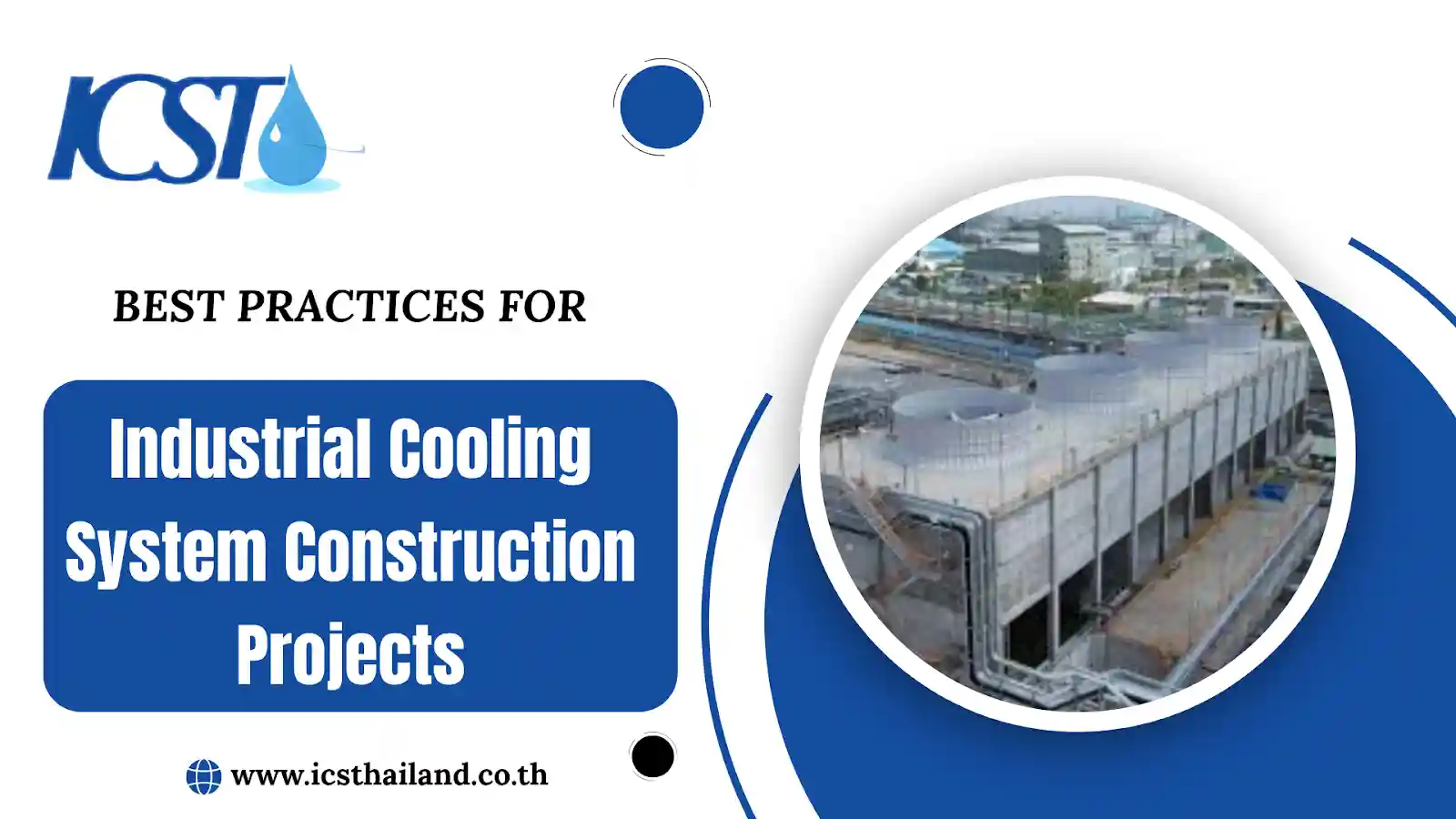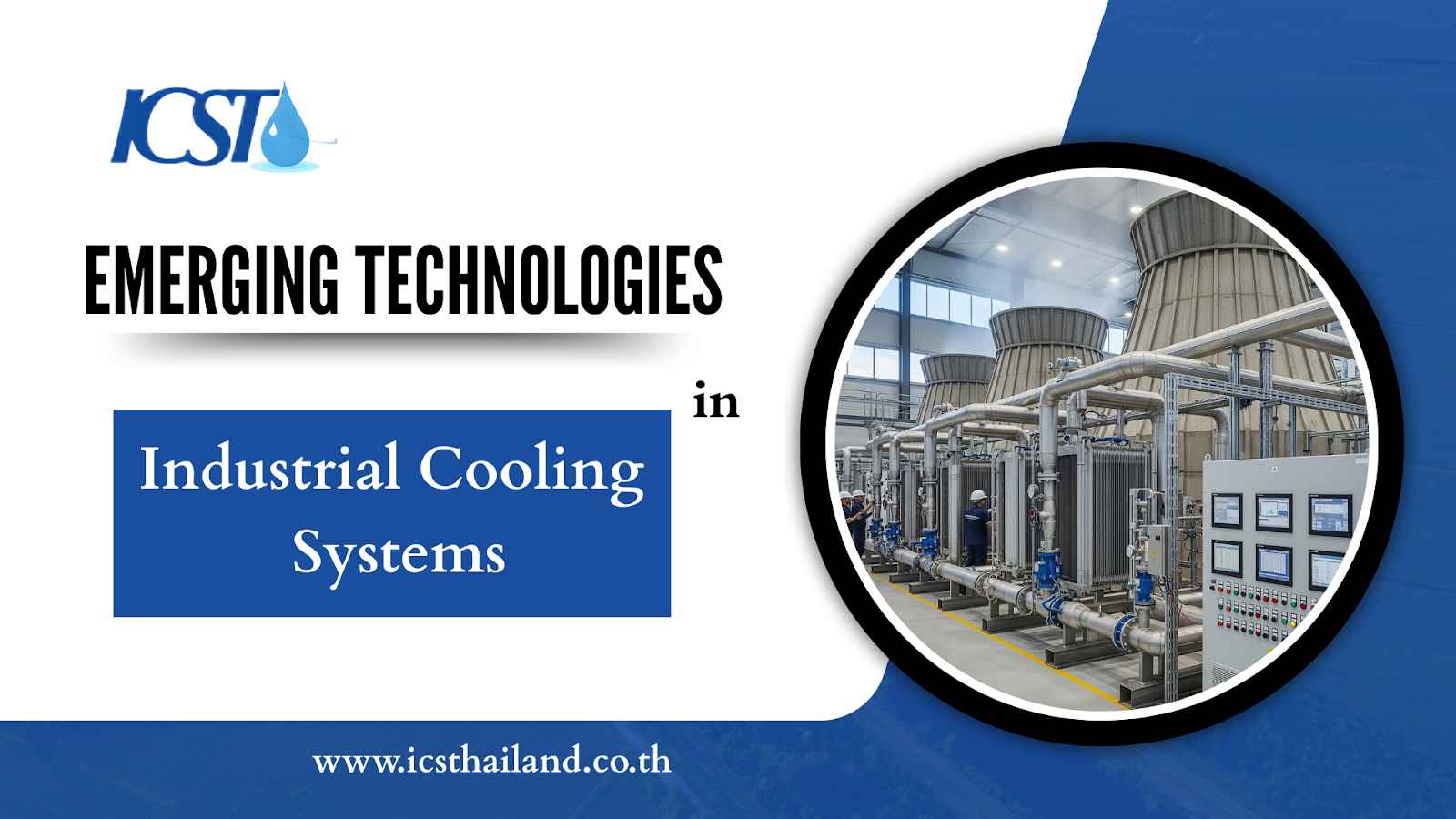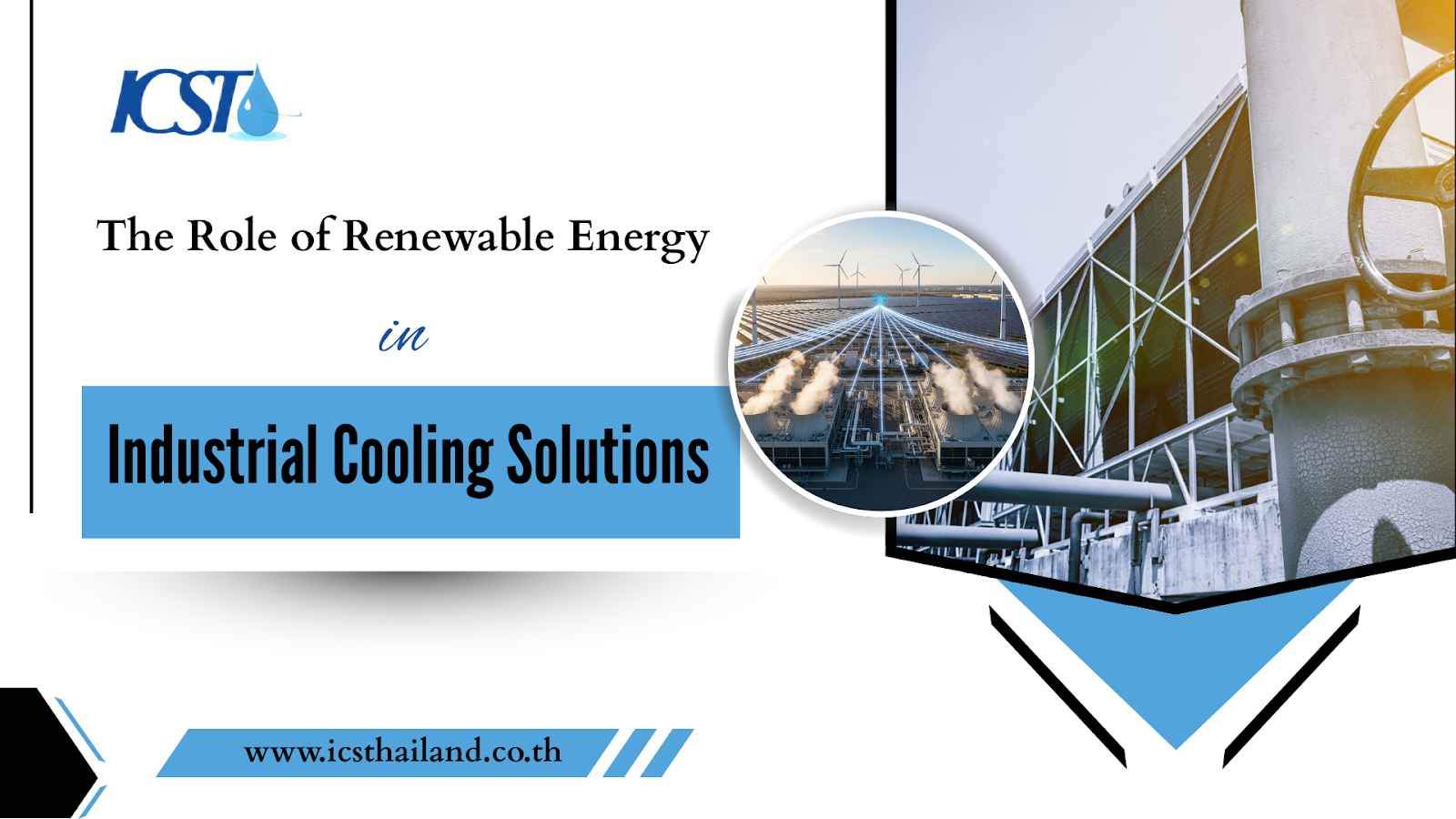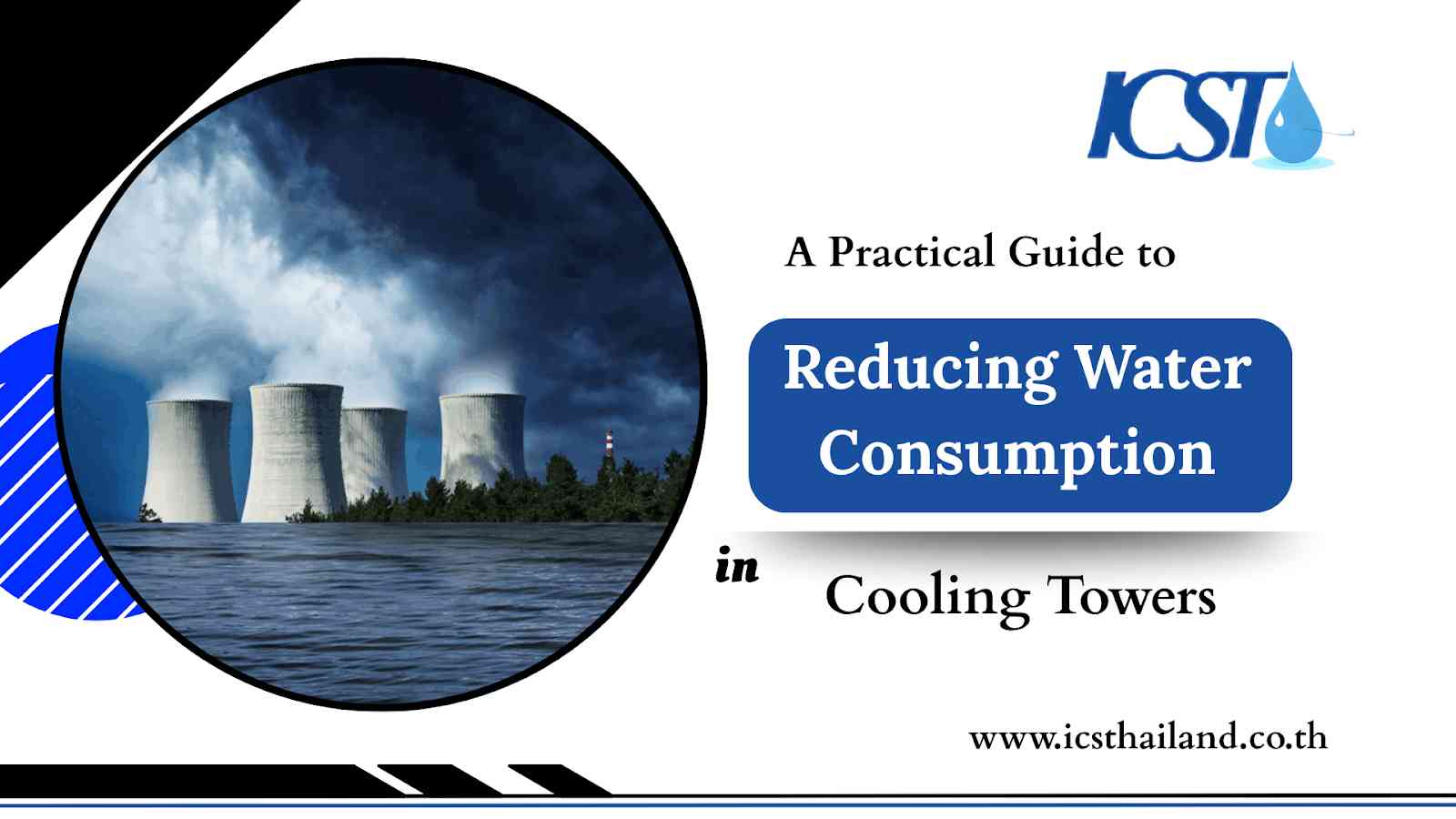Industrial cooling systems are essential to the seamless operation of many industries. Whether it’s maintaining process efficiency, ensuring product quality, or prolonging equipment life, proper cooling systems play an indispensable role.
A cooling system’s performance is intrinsically linked to its construction phase. It is far more than just an installation. It’s a full-scale construction project, demanding precision and foresight.
Why do best practices matter so much here? Adopting them mitigates risks, optimizes investment, and ensures long-term reliability. Neglecting these practices, conversely, leads to costly delays, budget overruns, and premature system failures.
In this post, we will journey through key best practices across planning, execution, and handover. We will show how these principles are vital for creating future-proof, high-performing industrial cooling systems.
Table of Contents
ToggleThe Criticality of Industrial Cooling
Industrial cooling systems play a critical role in supporting industries like manufacturing, power generation, and chemical processing. Their role extends beyond regulating temperatures. These systems:
- Enhance operational efficiency by stabilizing equipment performance.
- Ensure product quality by preventing heat-related defects.
- Promote safety by mitigating risks associated with overheating.
- Extend equipment longevity, reducing replacement costs.
Neglecting the proper construction processes for these systems can lead to poor performance, frequent breakdowns, and even safety hazards. Therefore, a well-constructed cooling system is more than an investment in infrastructure; it’s an investment in operational resilience.
Construction as the Cornerstone
Industrial cooling projects are not mere equipment installations. They are full-scale construction endeavors requiring meticulous planning and precise execution. Every construction decision—from system design to installation methods—determines a cooling solution’s performance, efficiency, and lifespan.
Why Best Practices Matter
Adopting best practices during construction isn’t optional; it’s critical for:
- Minimizing Risks: Identifying and addressing potential problems early ensures smoother execution.
- Optimizing Investments: Proper planning and execution avoid costly corrections post-installation.
- Ensuring Reliability: A carefully designed system is far less likely to experience breakdowns or operate inefficiently.
By following the steps outlined, businesses can be confident in creating systems that meet their unique needs while remaining future-proof.
Strategic Planning & Design (The Blueprint for Success)
The success of any industrial cooling system construction project begins with meticulous planning. This foundational phase prevents costly mistakes down the line.
Comprehensive Needs Assessment & Feasibility Study
Why it’s crucial: Successful projects start with clarity of purpose. It’s not enough to focus solely on cooling needs. A rigorous assessment should include:
- Process demands and operational hours.
- Environmental factors (temperature, humidity, emissions).
- Regulatory compliance requirements.
- Future expansion plans.
How to implement:
- Conduct site surveys and analyze historical data.
- Hold stakeholder workshops to align project goals.
- Use life-cycle cost analysis se(LCCA) to evaluate long-term expenses.
- Develop a detailed risk register to proactively manage potential issues.
Outcome: A comprehensive Project Charter and Scope of Work defining clear objectives and success measures.
Integrated System Design & Engineering
Modern industrial cooling projects require a unified approach to design. Why is integrated design critical? It avoids the pitfalls of isolated engineering. All disciplines—mechanical, electrical, structural, civil, and control engineering must work in synergy from day one. How is this achieved in practice?
- Utilize Building Information Modeling (BIM) to identify clashes and enhance project visualization.
- Use Computational Fluid Dynamics (CFD) to optimize airflow and heat distribution.
- Focus on energy efficiency using technologies like heat recovery and Variable Frequency Drives (VFDs).
- Select appropriate heat exchangers, including closed heat exchanger designs, to optimize heat transfer, improve efficiency, and prevent contamination.
The outcome is optimized system efficiency and reduced design errors. It also vastly improves the
Meticulous Component Selection & Procurement Strategy
Choosing the right components is a strategic decision for long-term performance. Why is meticulous component selection so vital? It’s not just about the lowest price. The focus must be on quality, proven reliability, and manageable lead times.
Consider long-term support and seamless compatibility with the specific industrial environment. What does this implementation entail?
How to implement:
- Conduct vendor qualification based on quality and lead times.
- Use structured tendering to secure the best suppliers.
- Specify materials and performance ratings clearly to avoid miscommunication.
Outcome: High-quality equipment arrives on time, setting the stage for a seamless construction phase.
Proactive Risk Assessment & Mitigation Planning
Recognizing and preparing for possible risks from the start is essential for ensuring project success. Why is proactive risk assessment crucial? It allows you to identify construction-specific risks before they become problems.
These can include challenging site access, unpredictable weather, potential labor shortages, and complex integration requirements. Even hazardous materials need early consideration.
How to implement:
- Develop a risk register that includes site-specific challenges like access restrictions or weather changes.
- Create contingency plans to tackle unexpected issues.
- Establish clear communication protocols for risk escalation.
This approach minimizes costly delays, budget overruns, and enhances site safety.
Execution & Construction
With meticulous planning complete, the execution phase transforms blueprints into a functional cooling system. This stage demands precision and oversight.
Robust Project Management & Communication
Why is robust project management critical? A dedicated project manager is essential. They coordinate complex activities, manage timelines, and oversee multiple teams.
How to implement:
- Assign a dedicated project manager for oversight.
- Hold regular progress meetings to track updates.
- Leverage project management tools to streamline task assignments and ensure clear, transparent reporting.
Outcome: This leads to on-time, on-budget delivery and minimizes potential disruptions.
Adherence to Stringent Safety & Quality Standards
Safety and quality are non-negotiable on an industrial construction site. What makes unwavering safety and top-quality standards so critical? Industrial sites are inherently hazardous environments. Maintaining strict compliance safeguards both employee safety and the efficiency of the cooling system.
How to implement:
- Develop site-specific safety plans and enforce personal protective equipment (PPE).
- Conduct regular quality control (QC) checks, including pressure testing and ISO compliance.
The outcome is an accident-free project, a high-quality build, and full regulatory compliance.
Precision Installation & Integration with Existing Infrastructure
Careful installation is key to optimal performance within a live operational environment. Why is precision installation so crucial? Proper alignment and secure connections help avoid potential performance problems down the line. It ensures seamless operation within an existing plant.
How to implement:
- Employ certified installation teams for precise execution.
- Carefully integrate piping, ductwork, and controls into existing systems.
The result is optimal system performance and reduced operational downtime during the installation process.
Post-Construction & Handover (Ensuring Lasting Performance)
The construction phase ends, but the project’s success continues into operation. This final phase sets the stage for long-term reliability.
Thorough Commissioning & Performance Validation
Why is thorough commissioning so critical? It rigorously validates that the system operates exactly as designed. It verifies that all performance guarantees are met under various load conditions.
How to implement:
- Perform phased commissioning and functional performance testing (FPT).
- Analyze collected data to identify and resolve issues early.
Comprehensive Training & Documentation for Operators
Empowering your client’s in-house team is vital for day-to-day success. Why is comprehensive training crucial? It empowers client staff with the knowledge needed for effective daily operation. It enables them to troubleshoot minor issues and perform basic maintenance independently.
How to implement:
- Provide detailed operation and maintenance manuals.
- Conduct hands-on training sessions for operators.
This approach reduces reliance on external support for routine tasks and significantly improves system longevity.
Developing a Proactive Maintenance & Optimization Plan
Maintaining peak performance requires a forward-thinking strategy. It maximizes the system’s lifespan and prevents costly, unexpected breakdowns. It also ensures continued energy efficiency throughout the system’s operational life.
How to implement:
- Schedule preventive maintenance and periodic audits.
- Use IoT sensors and AI for predictive analytics.
This extends asset life, minimizes downtime, and optimizes operational costs.
Upgrades and Retrofits: Future-Proofing Your Cooling System
Upgrading water-cooled systems can deliver significant benefits by integrating advanced technologies and sustainable solutions. Key upgrades may include:
- Energy-Efficient Equipment: Installing high-efficiency pumps, fans, and automated controls can optimize performance while reducing energy usage.
- Alternative Cooling Methods: Transitioning to air cooling or evaporative cooling systems offers a more eco-friendly and cost-effective approach for maintaining optimal temperatures.
- Smart Monitoring Systems: Adding IoT-enabled sensors and controls helps monitor performance in real time, enabling predictive maintenance and reducing unexpected downtime.
- Water Conservation Measures: Implementing water reuse systems or optimizing cooling tower operations can significantly cut water waste.
Partnering for Excellence: How ICS Thailand Embodies Best Practices
At ICST, we go beyond constructing cooling tower systems – we craft long-lasting, reliable solutions. Our project methodology seamlessly integrates best practices, ensuring unparalleled success.
We also have extensive experience with advanced technologies such as fin fan coolers, providing energy-efficient alternatives for process stream conditioning and water conservation.
- Integrated Project Lifecycle: From initial concept to sustained post installation support, we manage every phase with precision.
- Synergistic Engineering: Our teams, made up of experts in thermal, mechanical, electrical, and control systems, work together to ensure the best results.
- Adaptive, Future Ready Solutions: We tailor designs to client specific needs, always building in scalability and sustainability for tomorrow’s demands.
- Enduring Client Partnerships: Our commitment extends beyond project completion, offering continuous maintenance and optimization for long term operational excellence.
Conclusion
Industrial cooling system construction is a significant, multi-faceted engineering undertaking. From the meticulous planning and integrated design to expert execution and thorough post-construction validation—each step is critical.
The strategic investment in best practices during construction is non-negotiable for success. It guarantees lasting efficiency, dependable performance, and significant cost reductions. It transforms a complex project into a cornerstone of your industrial operations. This includes the construction of advanced systems such as hyperbolic towers, which are essential for large-scale applications like coal and nuclear power plants.
Don’t just build a cooling system; construct a foundation for sustainable industrial excellence. Partner with experts who master these best practices. Contact ICS Thailand today for a consultation on your next industrial cooling system construction project.
Frequently Asked Questions
What is the best method for approaching a cooling tower?
The best method involves maintaining a minimal temperature difference between the cooled water and the wet bulb temperature of the air. A lower approach means better cooling efficiency, but may require a larger or more advanced tower.
Which cooling system works best for large commercial buildings?
For large commercial buildings, chilled water systems and central HVAC systems with cooling towers are most effective. These systems can handle high thermal loads efficiently and are often integrated with building management systems (BMS) for energy optimization.
What is the construction of the cooling system?
Cooling system construction involves site preparation, system design, equipment procurement, structural installation, piping and electrical integration, testing, and commissioning.








